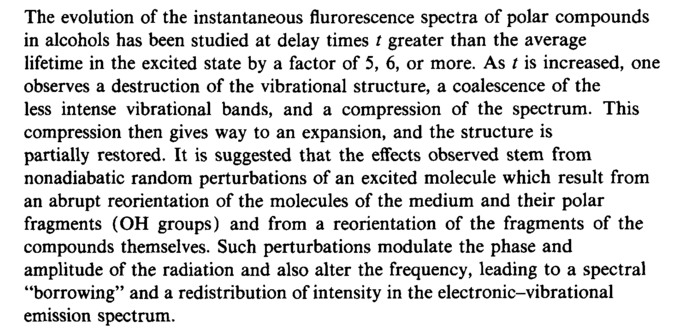|
|

| VOLUME 58 (1993) | ISSUE 11 |
PAGE 815
|
Destruction of the vibrational structure of the band of instantaneous fluorescence spectra of polar solutions with increasing delay time
Pavlovich V. S. , Zablotskii S. V.

|
|


 Home
Home